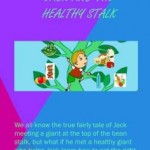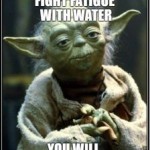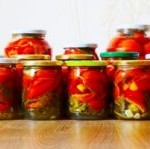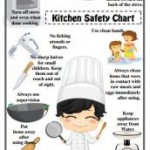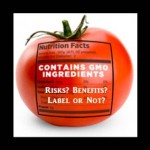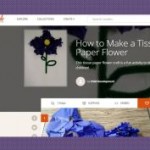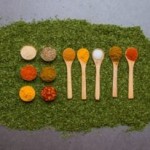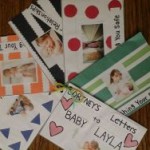
Nearing the end of my unit on infants, I was in search of a creative idea that encompassed all that I had covered in regard to meeting the needs of babies. Below is the project I developed, assigned my students and then crossed my fingers. I’m never sure how a totally new project is going to be received, not to mention what kind of work I will get in return. Needless to say I should not have worried as my students, were not only completely engaged, but turned out some creative, well written post cards!


